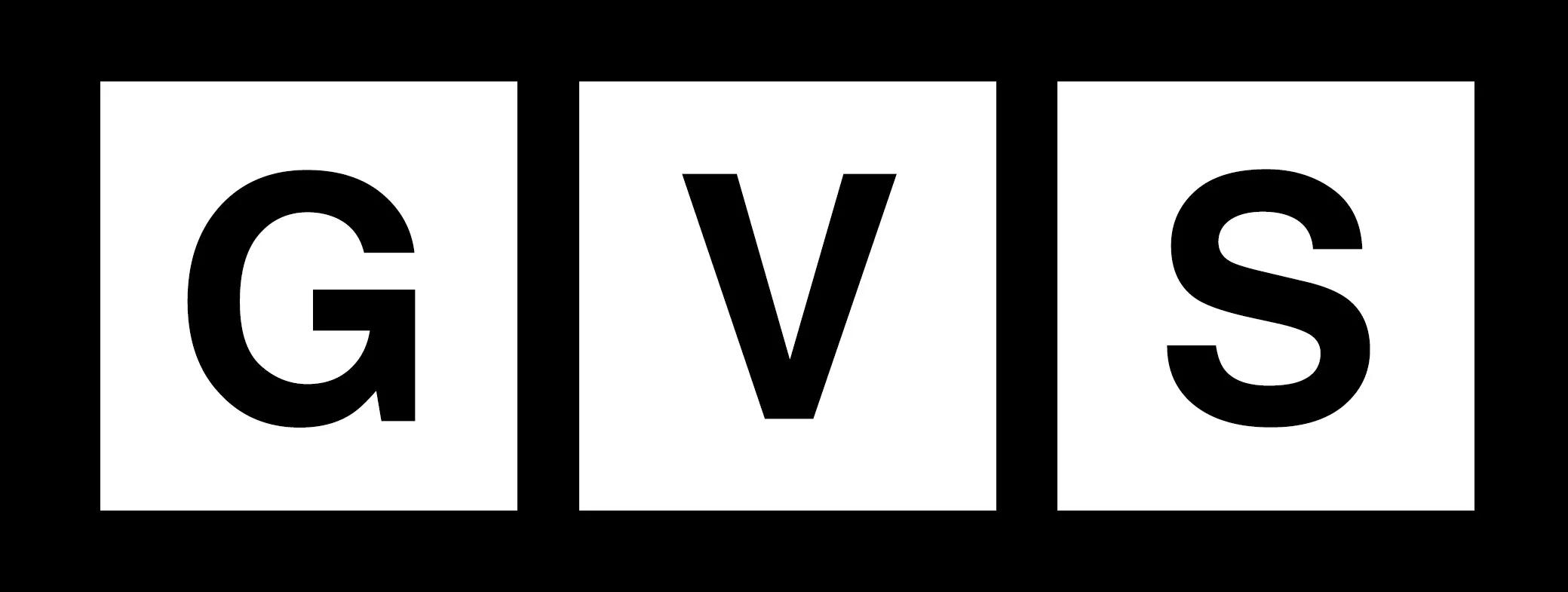Federal Reserve Cuts Interest Rates, Signals More to Come
The Federal Reserve made a significant move on Wednesday by cutting interest rates by half a percentage point. This decision marks the beginning of what is expected to be a series of rate cuts as the central bank aims to ease monetary policy. The larger-than-usual reduction in borrowing costs comes in response to growing concerns about the health of the job market.
According to the Fed’s new Summary of Economic Projections, policymakers anticipate further rate cuts in the future. They foresee the benchmark rate falling by another half a percentage point by the end of this year, followed by a full percentage point in 2025, and a final half a percentage point in 2026. This would bring the rate to a range of 2.75 percent to 3.00 percent.
Fed Chairman Jerome Powell emphasized in a post-meeting press conference that the rate cuts are not a result of an urgent process. He also defended the timing of the decision, stating that the central bank did not wait too long to begin easing.
The market reacted to the news with a mix of positivity and caution. The S&P 500 saw a slight increase of 0.1 percent, while the yield on benchmark U.S. 10-year notes rose slightly to 3.694 percent. The dollar index fell 0.2 percent against the euro.
Experts in the financial industry have shared their thoughts on the rate cut. Brad Bechtel, Global Head of FX at Jefferies, believes that the Fed is trying to support the slowing U.S. economy but notes that the market’s reaction has not been overly dramatic. Matthew Rowe, Head of Portfolio Management and Cross Asset Strategies at Nomura Capital Management, sees the rate cut as an aggressive move and wonders what the Fed knows that others do not. Tom Hainlin, Senior Investment Strategist at U.S. Bank, suggests that the rate cut is an insurance policy to prevent a rise in unemployment and keep the economy stable.
Steve Sosnick, Chief Market Strategist at Interactive Brokers, questions the necessity of a 50 basis point cut but acknowledges that it was the message the Fed wanted to send. He also notes that the market is already pricing in more cuts than the Fed suggests. Adam Button, Chief Currency Analyst at ForexLive, believes that Powell’s decision to cut rates is driven by his desire to avoid further deterioration in the labor market. Button also predicts that the dollar will weaken if the Fed continues with rate cuts.
Matthias Scheiber, Global Head of Portfolio Management at Allspring Global Investments Systematic Edge Team, expects the Fed to continue cutting rates in smaller increments to support economic growth. He highlights the importance of monitoring the labor market and suggests that the Fed will remain vigilant in monitoring inflation. Peter Cardillo, Chief Market Economist at Spartan Capital Securities, was surprised by the generosity of the rate cut and believes that the Fed’s biggest fear is a weak labor market.
Tom Herrick, Chief Market Strategist at Cary Street Partners, sees the rate cut as a necessary move given the restrictive starting point. He believes that there is still room for rates to go lower. Brian Jacobsen, Chief Economist at Annex Wealth Management, views the rate cut as a strong signal from the Fed and expects further cuts this year. Eric Orenstein, Senior Director at Fitch Ratings, predicts that the rate cut will lead to lower mortgage rates, benefiting mortgage originators. Michele Raneri, Head of U.S. Research and Consulting at TransUnion, suggests that the rate cut could allow consumers to see lower monthly payments and consider refinancing higher interest debt.
Overall, the Federal Reserve’s decision to cut interest rates by half a percentage point has garnered mixed reactions. While some experts see it as a necessary step to support the economy and prevent a rise in unemployment, others question the need for such an aggressive move. The market’s response has been relatively subdued, indicating that much of the rate cut was already priced in. As the Fed continues to monitor economic indicators, it remains to be seen how further rate cuts will impact the financial landscape.
